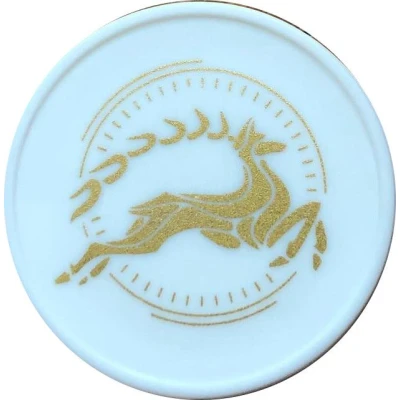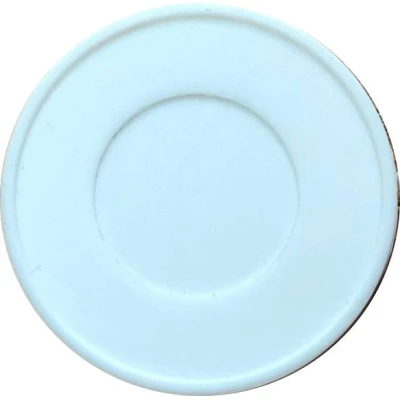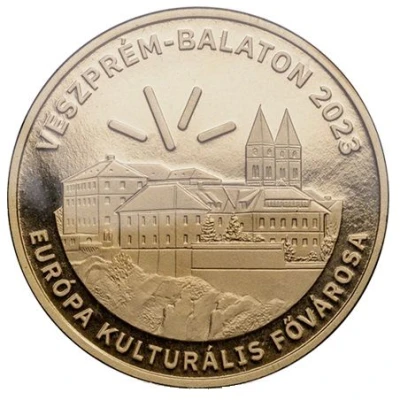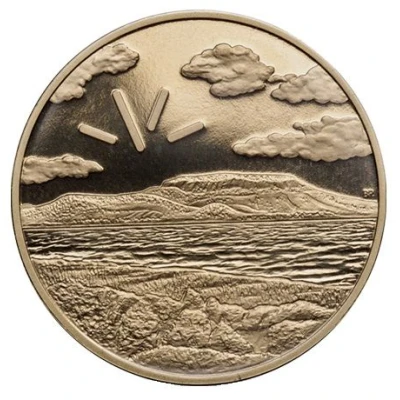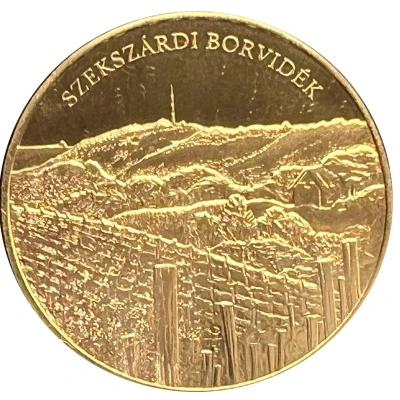
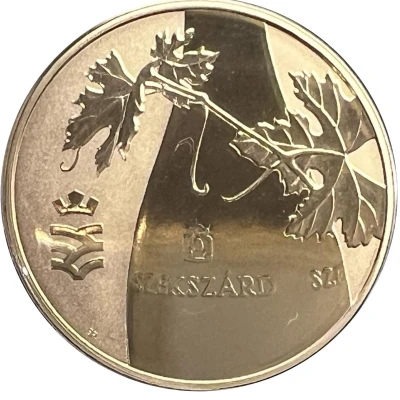

Szekszárdi borvidék
2023 year| Copper-nickel | 9.4 g | 29.2 mm |
| Location | Hungary |
|---|---|
| Issuing entity | Magyar Pénzverő |
| Period | Republic (1989-date) |
| Type | › Tokens |
| Year | 2023 |
| Composition | Copper-nickel |
| Weight | 9.4 g |
| Diameter | 29.2 mm |
| Shape | Round |
| Technique | Milled |
| Orientation | Medal alignment ↑↑ |
| Updated | 2024-11-13 |
| Numista | N#398439 |
|---|---|
| Rarity index | 97% |
Reverse
On the back, next to the logo of the Szekszárd Wine Region, a wine bottle with the inscription Szekszárd can be seen. Several grape varieties are grown in the wine region, so it does not represent a specific grape variety, but rather the wine itself is represented by the bottle labeled Szekszárd with the vines twisting around it. The specialty of veret is that the wine bottle has a veret shine, which gives a good sense of the materiality of the glass.
Script: Latin
Lettering:
Szekszárd
BP.
Translation: Szekszard
Designers: Gábor Kereszthury, Andrea Horváth
Edge
Plain
Comment
Hungary’s traditional wine districts, with the proof circulation coins celebrating the Szekszárd Wine Region. The coin series includes the entire set of denominations of the 2023 circulation coins. The packaging also included a 29.2-mm, non-ferrous coin.
The Szekszárd wine region is one of Hungary’s historical wine-growing regions and also one of the country’s most well-known and popular wine regions. It is located in Tolna county, at the eastern edge of the Szekszárd hills, where they meet the Sárköz plains. The wine-growing region has an area of around 6,000 hectares, of which about 2,600 hectares are currently under cultivation. Fourteen towns and villages are also part of the wine-growing region. The wine-growing traditions reach back to Roman times, but have only recently come to fruition in the past few centuries. The first to arrive were Serbs fleeing from the Turks, who brought with them the kadarka grapes and skin maceration technique. The next step in red wine making was introduced by German settlers in the region, who began ageing the wine in barrels. The area’s production is basically dominated by red wines of medium body and alcohol content, made from international and Hungarian grape varieties. The three most well-known wines of the region are kadarka, kékfrankos and Szekszárd bull’s blood, made from a combination of varieties, but the region’s light white wines and rosés are also becoming more and more popular. The Szekszárd wine region is one of Hungary’s most dynamically developing wine regions as well as an increasingly popular destination for wine tourism.
Price
| Date | Mintage | VG | F | VF | XF | AU | UNC |
|---|---|---|---|---|---|---|---|
| 2023 BP. | 2000 | - | - | - | - | - | - |
Values in the table are based on evaluations by sales realized on Internet platforms. They serve as an indication only for Szekszárdi borvidék 2023 item.
